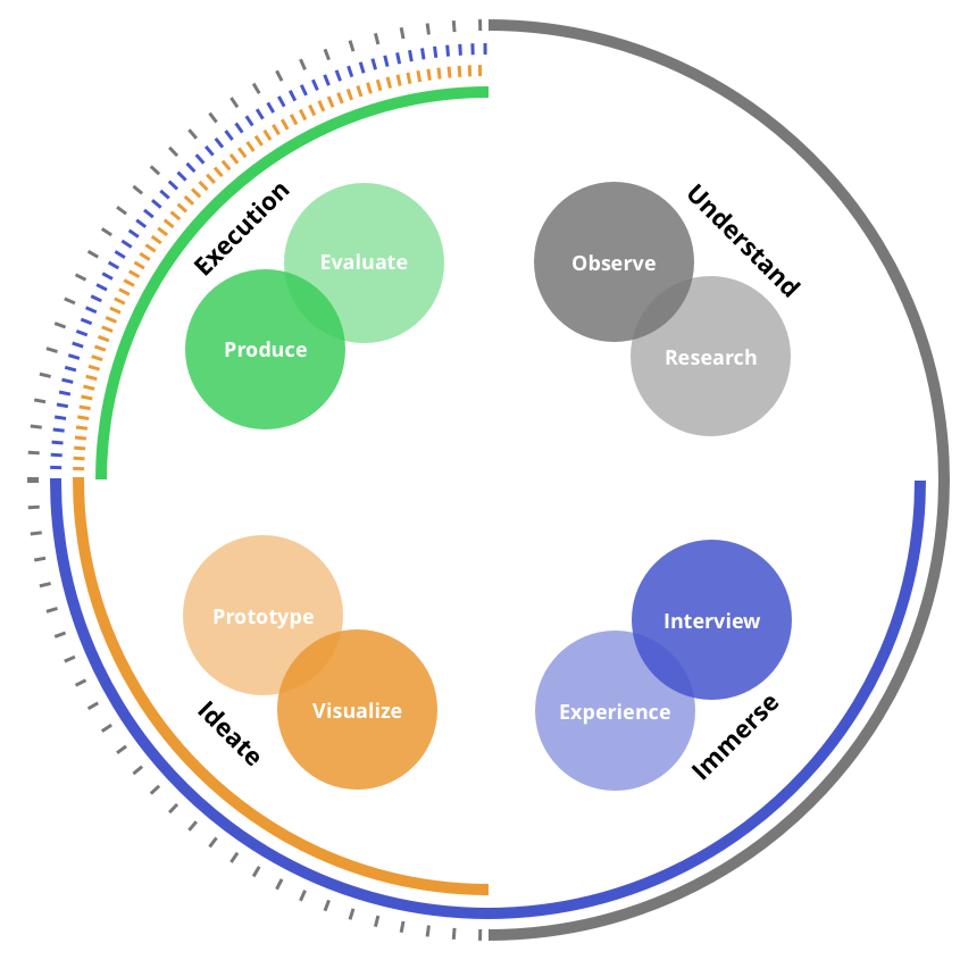The time of user empathy

Forbes Product Member, Alec Pomnichowski, describes the parallels between architecture and product development thinking. He asks product-types to be considerate and thoughtful about the ways in which users experience products and find value in them through time.
Good architects will start with the experience of the building’s inhabitants. Understanding their needs and motivations, fears and pressures. What will they need today or tomorrow? What is their job like or their daily habits? How do they see themselves in a space? What is their ideal space? And what about all these things 5, 15, 50, years from now? These questions and more get folded into the architectural process, intent on capturing these moments in a designed and aestheticized way. Each of these questions must then also be understood in how they relate to time. In thinking about this concept I also created this diagram to think about the holistic methodology of becoming more empathetic toward users and how we can visualize a strategy to incorporate empathy and time into our design process.
Pomnichowski then goes on to articulate some words or concepts and their architectural meaning, that architects use every day: threshold, release, path vs procession, push vs pull, transparency vs opacity. For product-types, he says, this alternate lens “may prove valuable when trying to empathize with you users and understand how to insert yourself into complex and sometimes inarticulate design challenges as we move through the holistic methodology I described previously.” He concludes:
The experience for users IS a spatial one, where individuals move, engage, and spend time. The difficulty for them is being able to internalize and map these processes, to find value and connect. The challenge for designers is to be considerate of a User’s time. Their designs must appreciate not just the quantitative aspect of time, but qualitative value of the experience of that time. Users connect with a website or application because it does not waste their time. They connect because it enriches their time spent, providing value and experiences that are more difficult to obtain in other ways or from competitors. When designers and companies value their users, understand their users, and build for their users, users will return that value.



